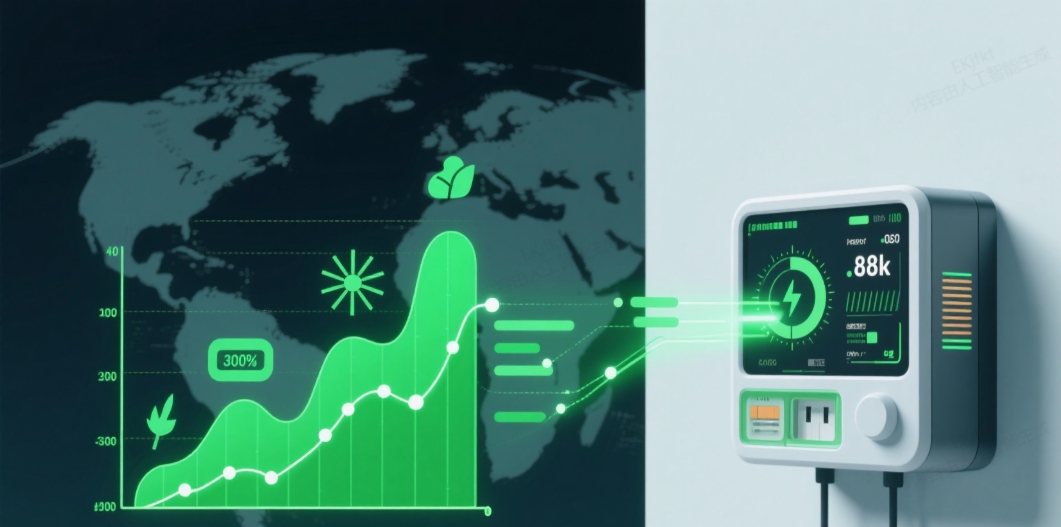How Smart Meters Empower Carbon Footprint Visualization for a Sustainable Future
Introduction
Smart Meters Empower Carbon Footprint – In an era where climate change and carbon emissions dominate global discussions, businesses must adopt innovative solutions to monitor and reduce their environmental impact. Londian Company, a leader in sustainable energy solutions, recognizes the critical role of smart meters in carbon footprint visualization. These advanced devices provide real-time energy consumption data, enabling businesses and households to make informed decisions that align with sustainability goals.
This article explores how smart meters contribute to carbon tracking, energy efficiency, and corporate sustainability, while also enhancing Google SEO visibility for businesses committed to green initiatives.

1. Understanding Smart Meters and Carbon Footprint Visualization
What Are Smart Meters?
Smart meters are next-generation energy monitoring devices that record electricity, gas, or water usage in real time. Unlike traditional meters, they transmit data automatically to utility providers and consumers via cloud-based platforms, eliminating manual readings and improving accuracy.
How Do Smart Meters Visualize Carbon Footprints?
By tracking energy consumption patterns, smart meters can:
- Convert energy usage into carbon emissions using standardized conversion factors (e.g., kWh to CO₂ equivalents).
- Provide real-time dashboards that display carbon impact, helping users identify high-consumption periods.
- Generate automated reports for compliance with environmental regulations (e.g., SECR, GHG Protocol).
For Londian Company, integrating smart meters into corporate sustainability strategies ensures transparency oraz accountability in carbon reduction efforts.
2. The Role of Smart Meters in Corporate Sustainability
Businesses aiming for net-zero emissions can leverage smart meters to:
A. Enhance Energy Efficiency
- Identify energy waste (e.g., inefficient machinery, standby power consumption).
- Optimize energy usage by shifting high-demand operations to off-peak hours.
B. Support ESG (Environmental, Social, and Governance) Reporting
- Automate data collection for Scope 1 (direct) and Scope 2 (indirect) emissions reporting.
- Improve stakeholder trust with verifiable, real-time sustainability metrics.
C. Reduce Operational Costs
- Lower energy bills by detecting anomalies (e.g., leaks, outdated equipment).
- Avoid carbon taxes by staying within emission limits.
3. Smart Meters and Consumer Awareness
For residential users, smart meters:
- Encourage behavioral changes (e.g., reducing AC usage during peak hours).
- Enable smart home integrations (e.g., linking with solar panels or EV chargers).
- Provide personalized carbon footprint insights via mobile apps.
Londian Company can position itself as a trusted advisor by educating consumers on how smart meters contribute to individual carbon accountability.
4. SEO Optimization: Why This Matters for Londian Company
To ensure this content ranks well on Google, we incorporate:
- Targeted keywords: “smart meters carbon footprint,” “energy monitoring for sustainability,” “Londian Company smart energy solutions.”
- Structured headings (H2, H3) for better readability.
- Internal linking to related Londian Company services.
- Engaging meta description (see below).
Conclusion: Smart Meters as a Catalyst for Green Transformation
Smart meters are no longer just about billing accuracy—they are powerful tools for carbon footprint visualization. By adopting this technology, Londian Company can lead the charge in corporate sustainability, cost savings, and consumer empowerment.
As regulations tighten and consumers demand greener practices, smart meters provide the data-driven insights needed for a low-carbon future.
